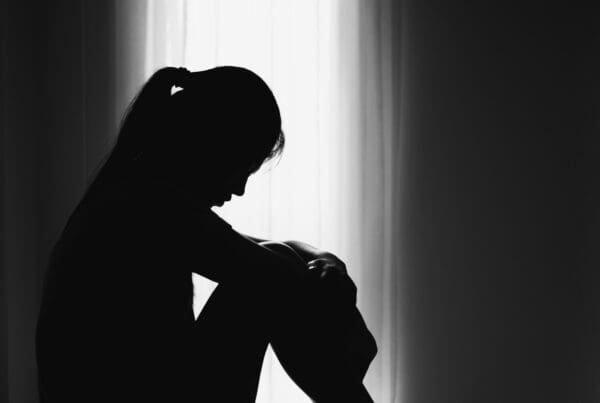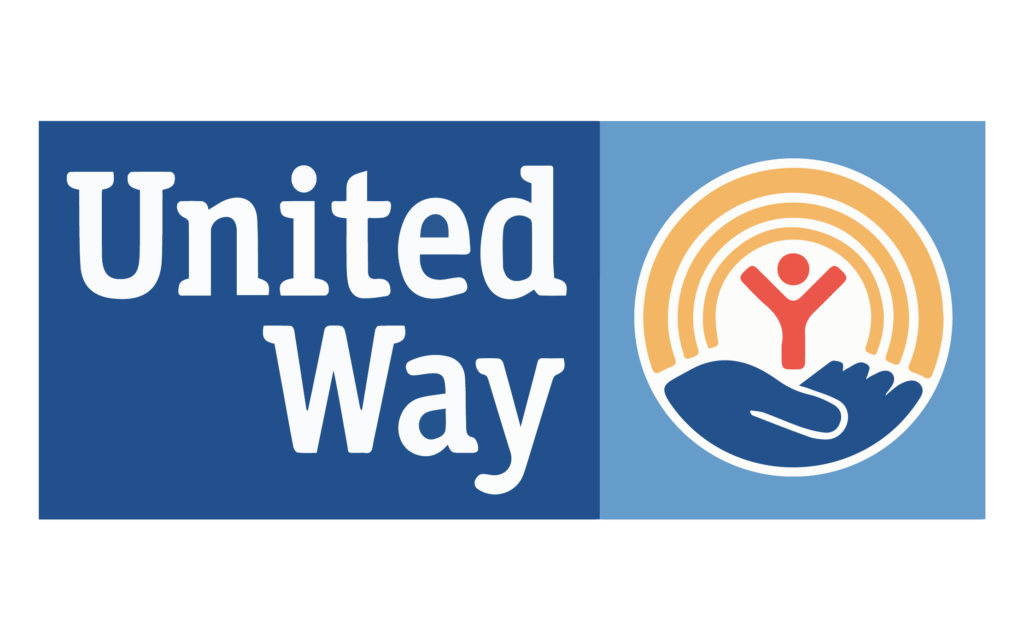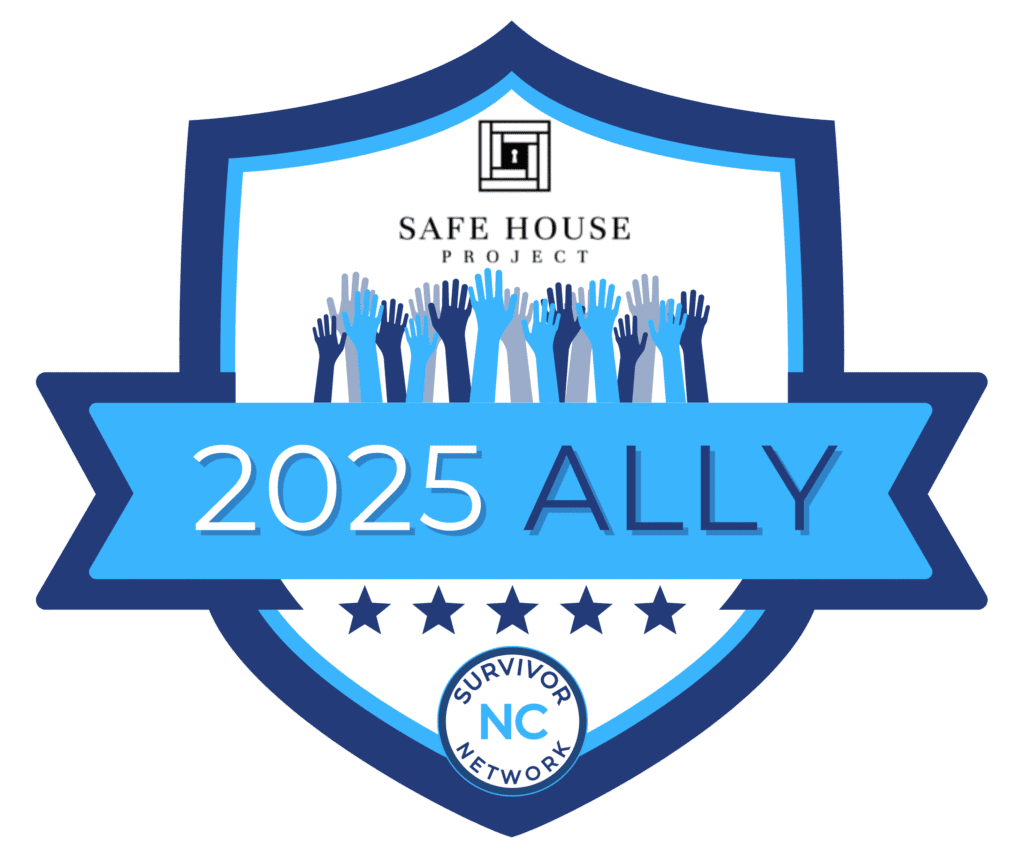In the U.S., the general perception of what human trafficking looks like has been shaped by media portrayals, often involving abduction, physical restraints, or victims being smuggled across international borders. In reality, trafficking is far more often invisible, hiding in plain sight in neighborhoods and across rural and urban communities alike. Victims often appear to have normal daily lives, interacting with others at school, work, and the grocery store.
Because human trafficking can take so many forms and frequently relies on psychological rather than physical control, it can be very difficult to spot. However, learning to recognize the signs of trafficking is one of the most important things you can do to help someone who may be looking for help.
Whether you are a parent, teacher, healthcare provider, neighbor, or concerned community member, you do not need to be an expert to notice when something is wrong and take action. By staying alert and understanding the real red flags for human trafficking, you can be a vital part of creating opportunities for trafficking victims to find freedom and begin their journey to healing.
What Human Trafficking Looks Like
Human trafficking is defined as the exploitation of individuals through force, fraud, or coercion to perform labor or engage in commercial sexual activity. It is important to note that any commercial sexual activity involving minors is considered sex trafficking, regardless of the presence of force, fraud, or coercion. In the U.S., the legal definition of human trafficking includes both sex trafficking and labor trafficking, although sex trafficking is more commonly identified.
Many people assume that human trafficking victims are always strangers, from other countries, or people who have been kidnapped and held captive. However, most U.S. cases involve traffickers that the victim already knows and trusts. This is often a family member, romantic partner, friend, employer, or other authority figure. In fact, between 80% and 90% of U.S. human trafficking victims in 2020 were exploited by someone they knew. This reality makes human trafficking incredibly difficult to detect. Victims often remain in their home communities and continue to live outwardly “normal” lives while experiencing unimaginable abuse in silence.
Another misconception is that victims of human trafficking are unable to leave because of physical restraints. This is usually not the case, as traffickers use a wide range of control tactics to gain and maintain power over their victims. These may include physical violence, psychological abuse and manipulation, threats of harm to themselves or their loved ones, isolation from familial or social support systems, and financial abuse. Many traffickers also introduce trauma bonds, in which they use cycles of abuse and affection or approval to create strong psychological attachments with their victims. In some cases, traffickers weaponize essential needs like food, shelter, or medication to control their victims or threaten to expose private information or images. Many traffickers force their victims to use drugs or alcohol to make them more compliant or take advantage of existing addictions. Some traffickers use law enforcement as a threat, saying that their victims will be arrested, imprisoned, or even deported. These methods create a constant state of fear, dependence, confusion, and isolation, making it extremely difficult for victims to seek help or leave on their own.
Red Flags of Human Trafficking
There is no one-size-fits-all indicator that someone is being trafficked, since human trafficking takes so many forms in many different populations. However, there are behavioral, emotional, physical, and situational signs that may suggest someone is experiencing exploitation. These signs do not confirm trafficking on their own, but if multiple are present, it is always worth reporting your concerns.
- Behavioral Red Flags:
-
-
- Seems unusually fearful, anxious, paranoid, or tense
- Avoids eye contact or social interaction
- Appears withdrawn, depressed, or overly submissive
- Seems coached or unable to speak freely
- Has inconsistencies in their story or avoids answering personal questions
-
- Physical & Environmental Red Flags:
-
-
- Has visible bruises, cuts, burns, or other signs of physical abuse, especially if in various stages of healing
- Lacks personal possessions or appears to wear the same clothes repeatedly
- Is always busy but does not share what they are doing
- Seems malnourished or poorly cared for
- Is not in control of their identification documents
- Is always accompanied by someone who speaks for them or appears controlling
-
- Work & School Red Flags:
-
-
- Works long hours with no breaks or days off
- Cannot leave their workplace or living situation without permission
- Suddenly stops attending school or starts missing activities
- Has expensive belongings they cannot afford
- Expresses fear, confusion, or shame about where they live or work
-
- Relationship Red Flags:
-
- Refers to an older boyfriend, boss, or friend who is controlling about their time and social contact
- Talks about owing someone money or needing to meet a quota
- Expresses fear of disappointing or angering someone in their life
- Appears to be in a relationship that is unequal or manipulative
- Seems isolated from friends or family or is secretive about their social circle
- Refrains from discussing their home life or family
Many trafficking victims are taught to be afraid of outsiders, and may fear retaliation if they do share something they aren’t supposed to. They may not disclose their abuse, even if asked directly. This makes it especially important to pay attention to your instincts and look for patterns of red flags.
Who Is Most Vulnerable to Trafficking?
Trafficking victims represent all demographic groups in the United States, but some populations are disproportionately targeted due to other social or systemic risk factors. Instead of focusing on a single demographic, most traffickers look for existing vulnerabilities that they can use to isolate and control their victims.
Trafficking victims often represent one or more of the following groups:
- Children in unstable home situations, foster care, or the juvenile justice system
- Individuals experiencing homelessness, unemployment, or poverty
- LGBTQ+ youth facing family rejection or social isolation
- People with disabilities or mental health problems
- Individuals with a history of abuse or neglect, especially those with high ACE scores
- Survivors of domestic violence or sexual assault
- Immigrants or undocumented individuals with limited legal protections
Most traffickers seek out people who are already struggling to meet their basic needs, lack strong support systems, or have limited capacity to make their own choices. They may promise love, protection, employment, housing, or opportunity, only to later use those promises as tools for manipulation.
What Should You Do If You Suspect Trafficking?
If you have reason to believe that someone may be in a trafficking situation, it is important to act carefully to protect both yourself and the potential victim from harm. Confronting the trafficker or victim directly can result in increased danger, so instead, take the following steps:
- Document what you see. Take note of the person’s appearance, behavior, and any relevant details, such as license plate numbers, addresses, or interactions. Make sure to write down which red flags you noticed, as well as names and the time and date of concerning events. Any of these details might be a critical piece of helping that potential victim.
- Report your concerns. Even if you aren’t certain that what you’re seeing is human trafficking, you can still make a report. You aren’t responsible for proving that trafficking is taking place — trained professionals can use your report to take safe, careful action.
You can make a report by:
- Submitting a tip through Safe House Project’s Simply Report app, which will be directed to the appropriate law enforcement office.
- Calling local law enforcement, using 911 if someone is in immediate danger and a non-emergency line otherwise.
Reports can be made anonymously, and every tip helps build a fuller picture of what might be happening.
If the trafficking victim is alone and in a safe situation, they can contact Safe House Project directly for immediate support by calling our team at 507-769-0819 or filling out our support form at https://www.safehouseproject.org/refer/.
- Do not try to intervene yourself. Trafficking situations are often complex and dangerous. Trying to help the victim can put yourself at risk, or result in the victim being punished. It is always safer to let professionals with experience handle the situation.
What You Can Do To Help Now
Every person can make a difference in the fight against human trafficking in their own community. You can start by:
- Learning the signs of human trafficking and educating others in your community, such as:
- Taking Safe House Project’s free OnWatch training
- Exploring Safe House Project’s other training courses
- Supporting local organizations that provide housing, care, and advocacy for trafficking survivors through donations or volunteering
- Become a Safe House Project Ambassador to learn to raise awareness and train your community to combat human trafficking
- Downloading the Simply Report app
Together, we can restore hope, freedom, and a future to every survivor.








